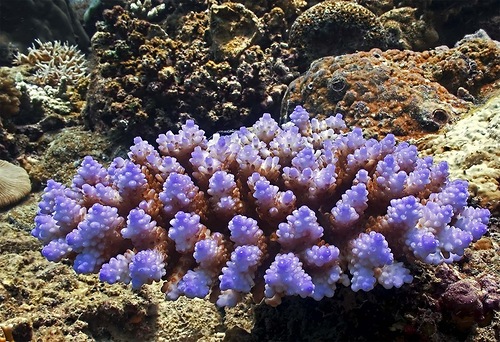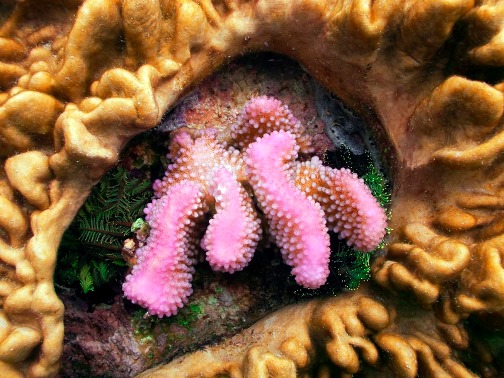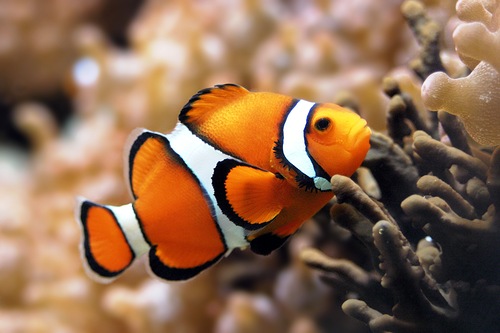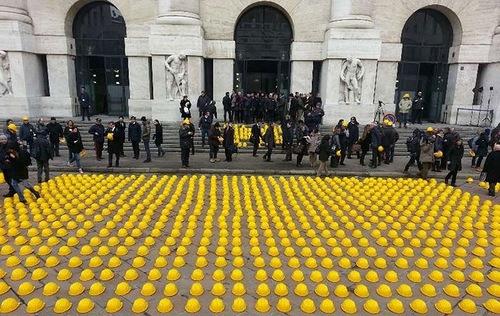Yellow coral Tubastrea
Yellow coral Tubastrea
Also known as sunny coral or sun polyps, Tubastrea belongs to the family of Dendrophylliidae. Sunny corals is a group of corals known as large-polyp stony corals. While they produce a hard skeleton, they do not build reefs. Different species have polyps in a variety of colors, the range of which includes from red to orange and yellow, and even unusual pink. Translucent tentacles of coral can be the same color as the thin tissues covering the colony itself, although sometimes they can be a little lighter, or even white. On the tentacles are numerous nematocysts that are responsible for the capture of nutrient particles. In fact, sunny corals are often found in deep waters, because they do not require sunlight for nourishment. Besides, they often colonize artificial surfaces, such as ship wrecks, for similar reasons. But Tubastrea is difficult to keep in aquarium, because they require daily feedings of zooplankton. In addition, they extend their colorful tentacles only at night, further reducing their appeal.
Like most coral, sun coral reproduces asexually, they are hermaphroditic. Reproduction occurs sexually during summer, spring, and winter seasons. After fertilization, the female corals will carry the eggs as the offspring develop within her gastrovascular cavity and released as larvae.
After being released, the larvae disperse and eventually settle on rocky seafloors “cementing” its skeletal structure to a rock. Once cemented, the coral will grow and reside there for the rest of its life.
Unlike most corals, Sun corals are not photosynthetic. Tubastrea do not host zooxanthellae, the symbiotic algae that provides energy to the coral via photosynthesis. Instead, they are heterotrophic, and extend long tentacles at night to catch passing zoo-plankton.
For sunny coral is necessary regular feeding, which makes it difficult to keep in aquaria, because they require daily feedings of zoo-plankton. In addition, they extend their colorful tentacles only at night, further reducing their appeal.
Yellow coral Tubastrea
source:
reefcentral.ru



























